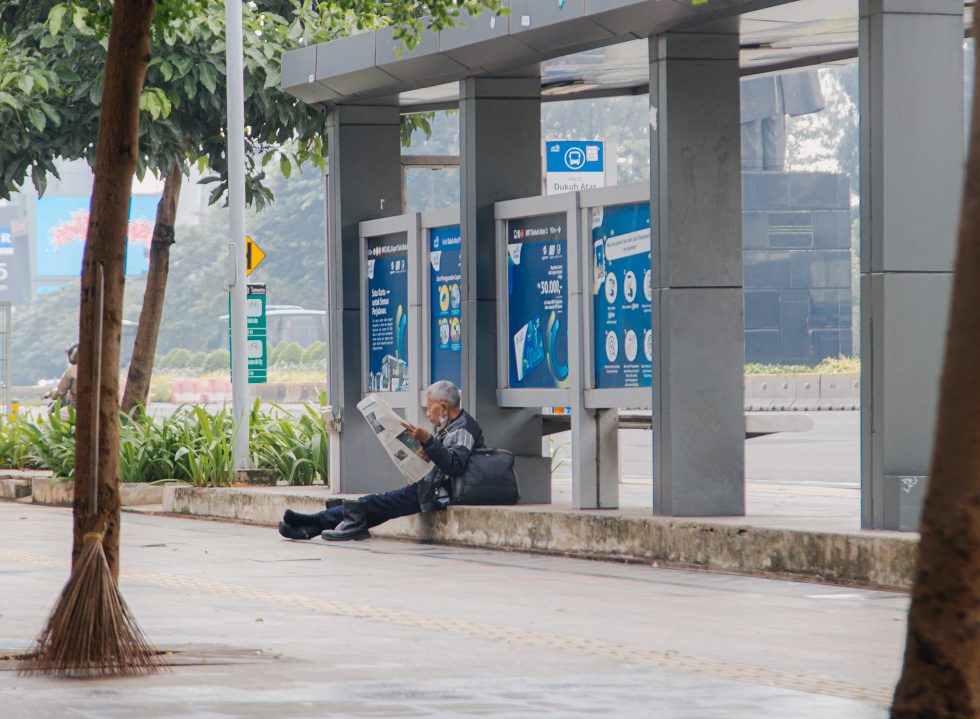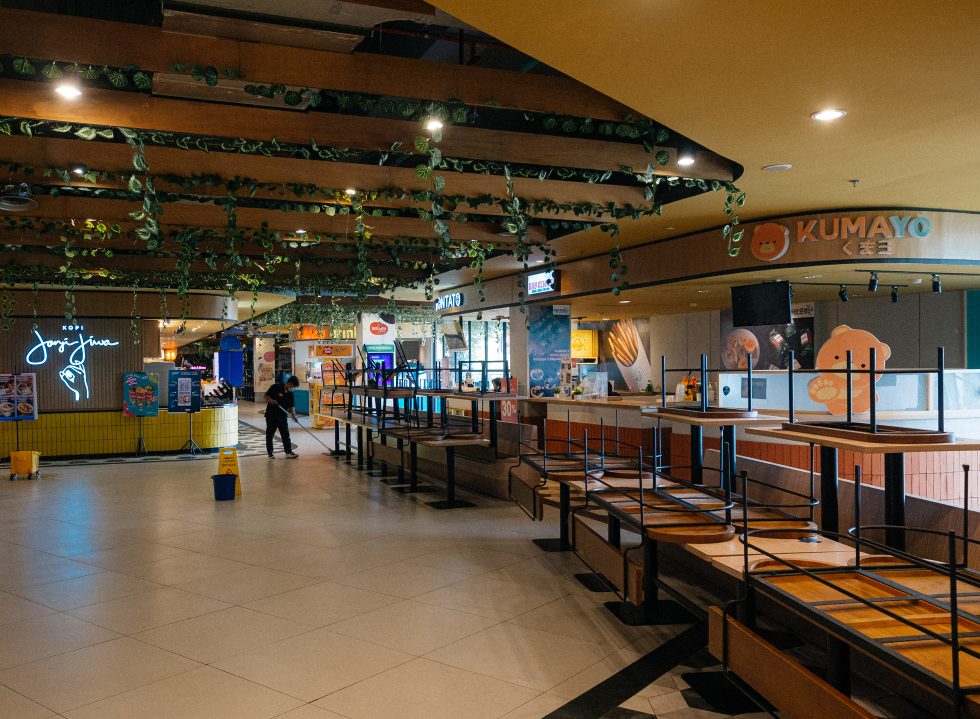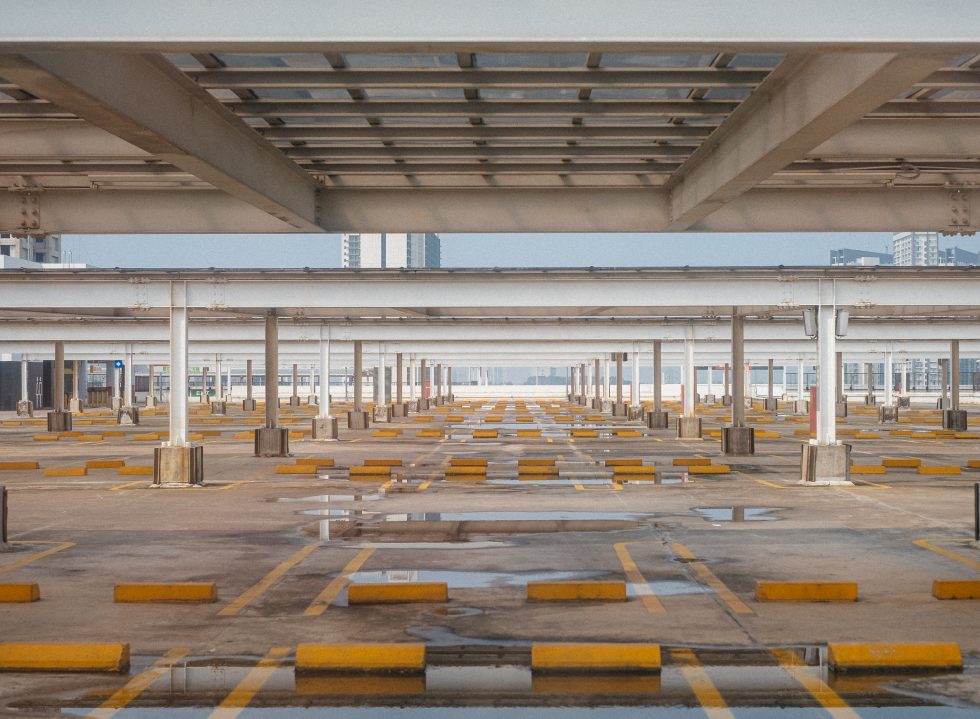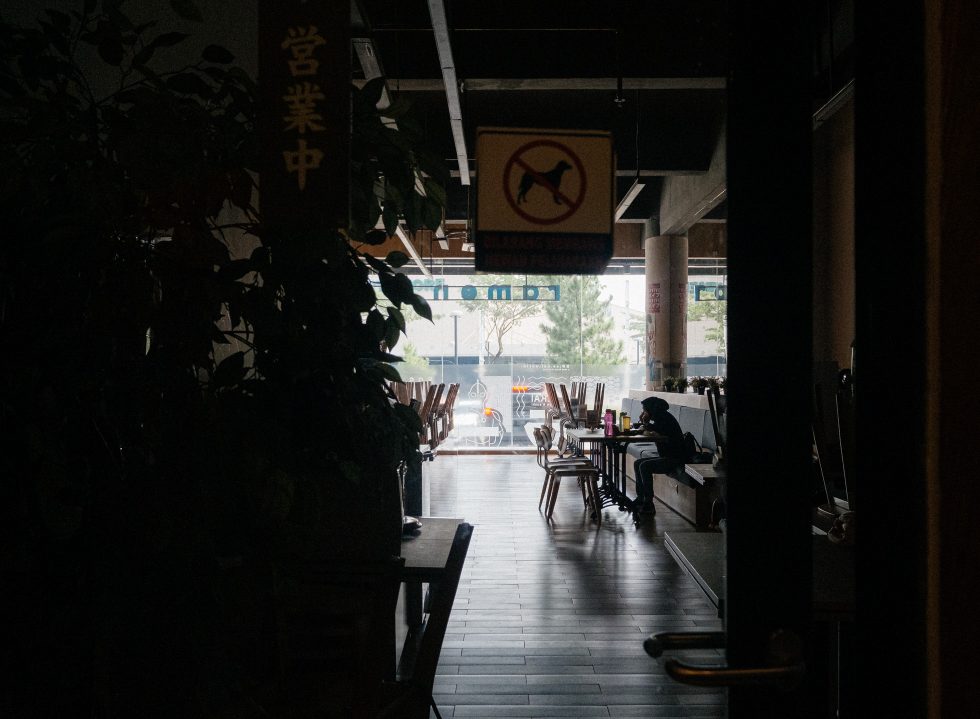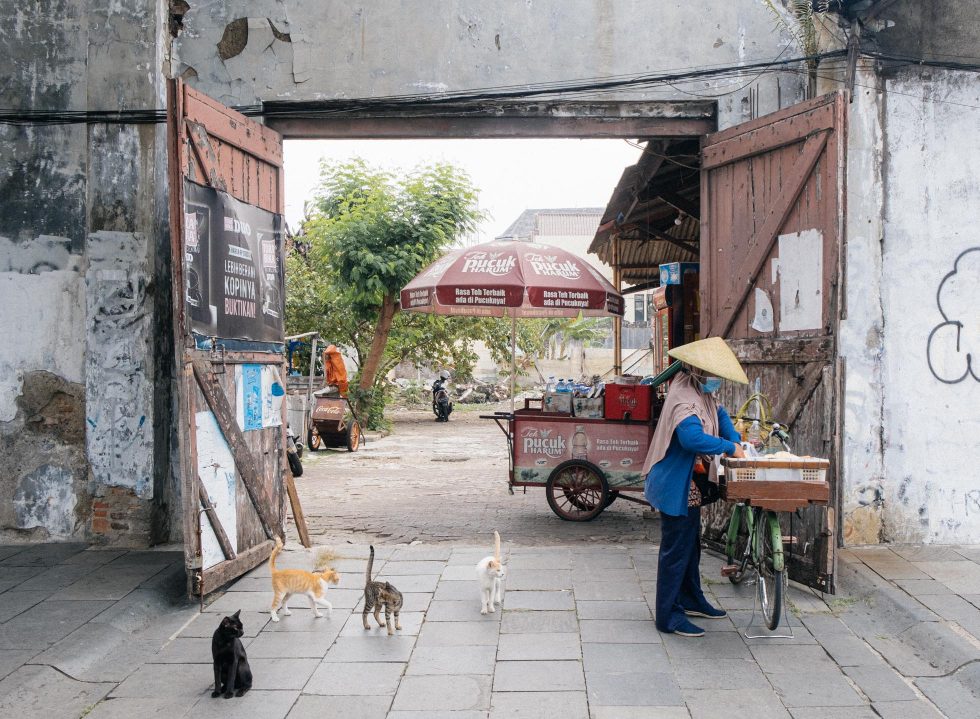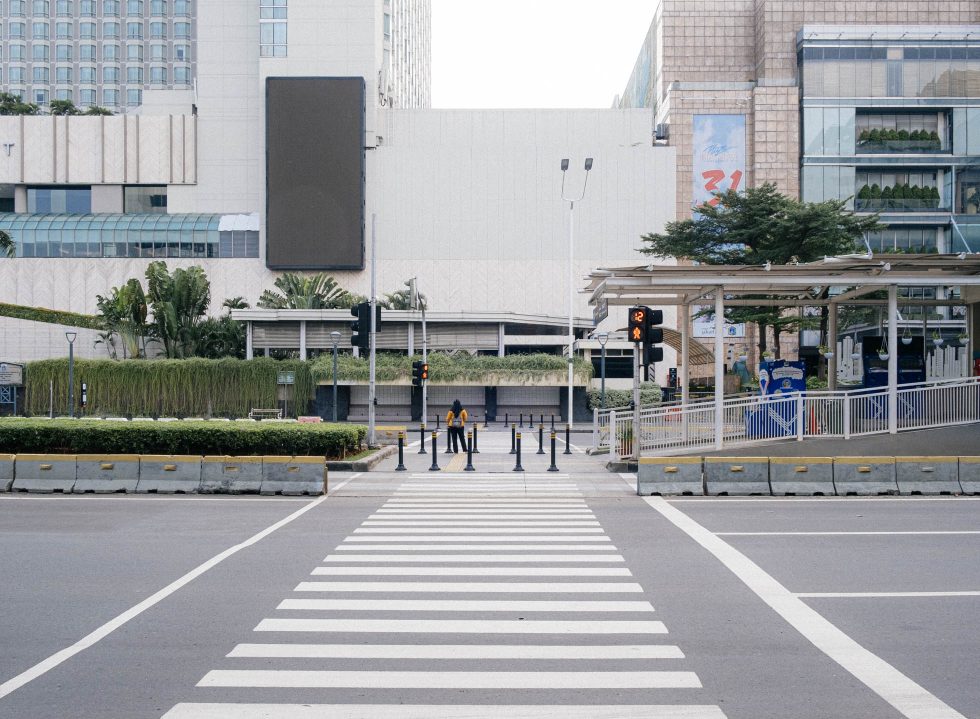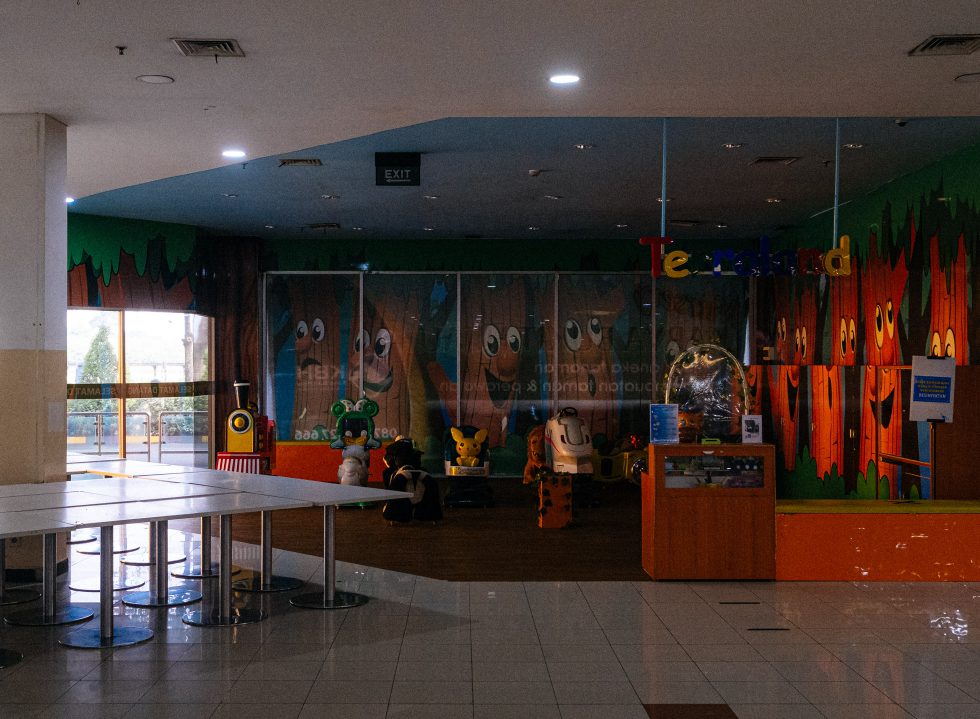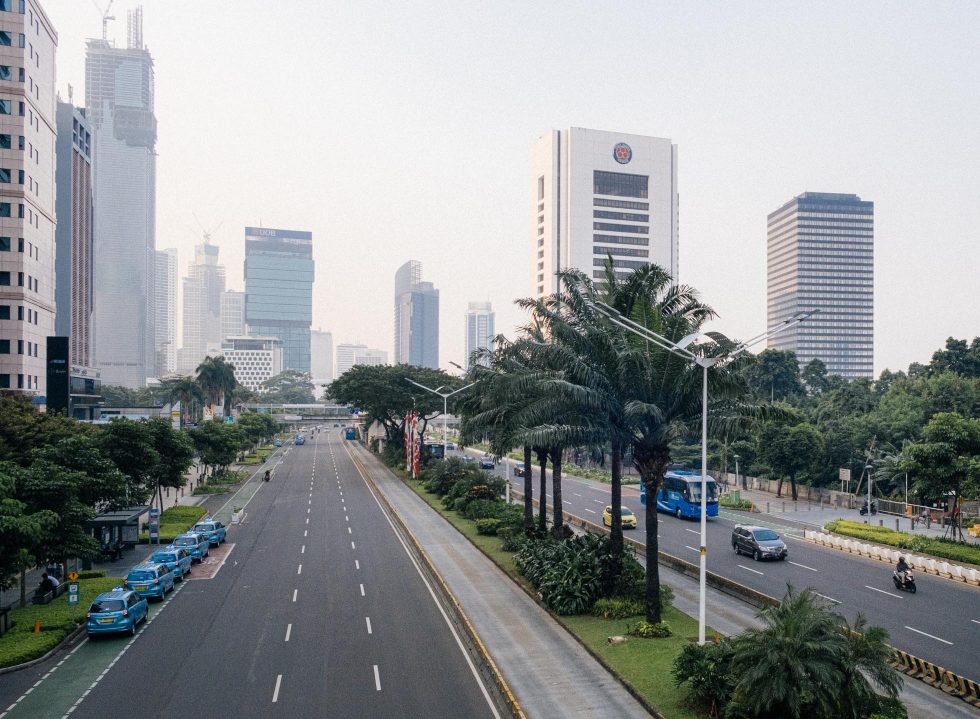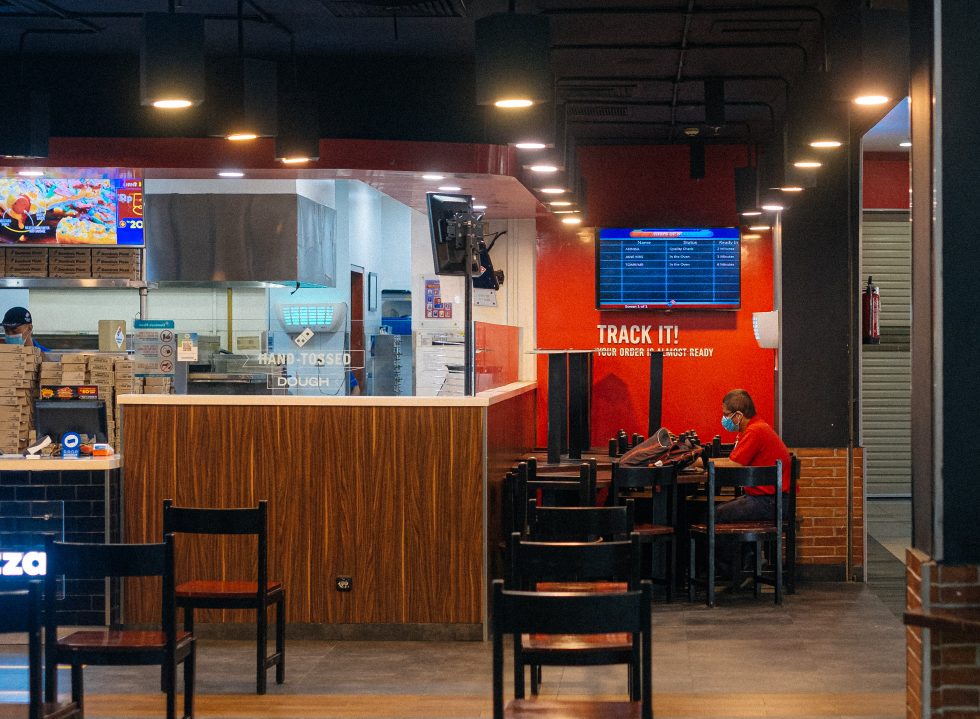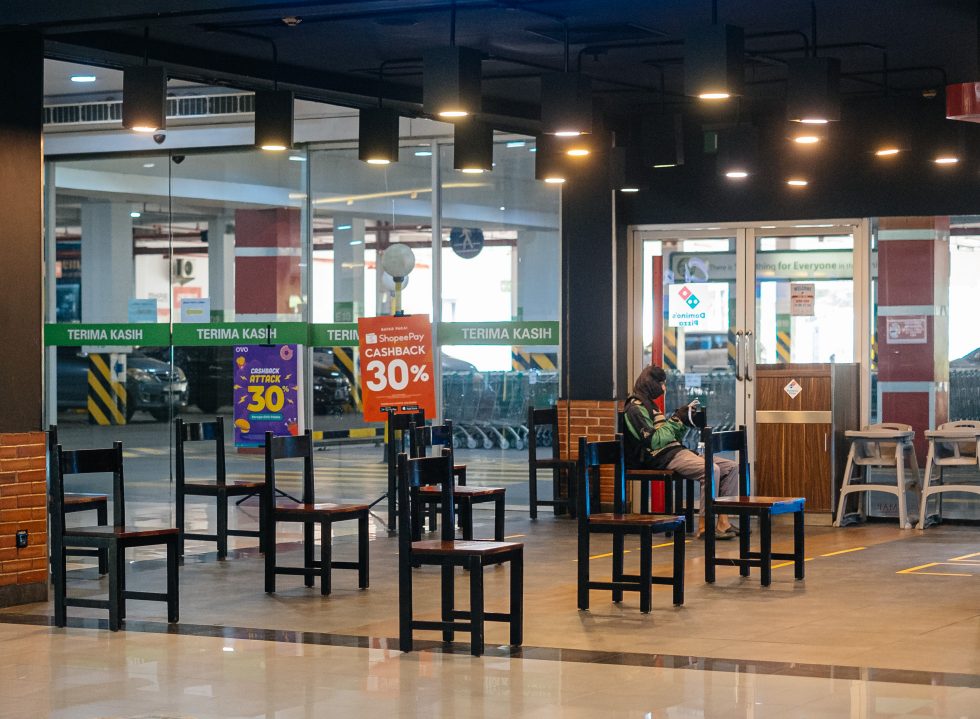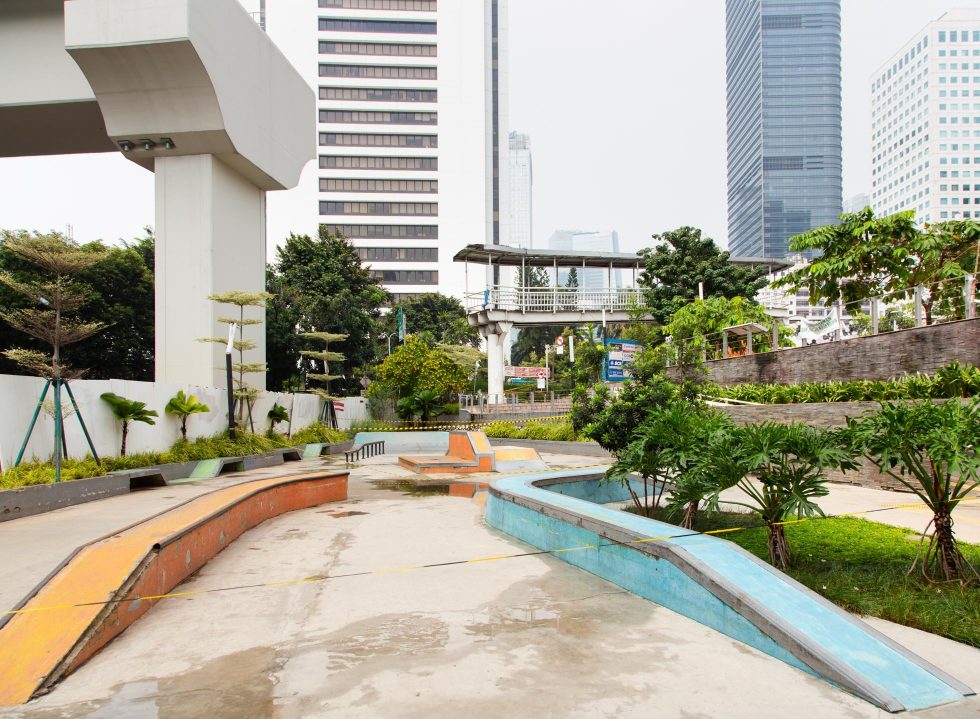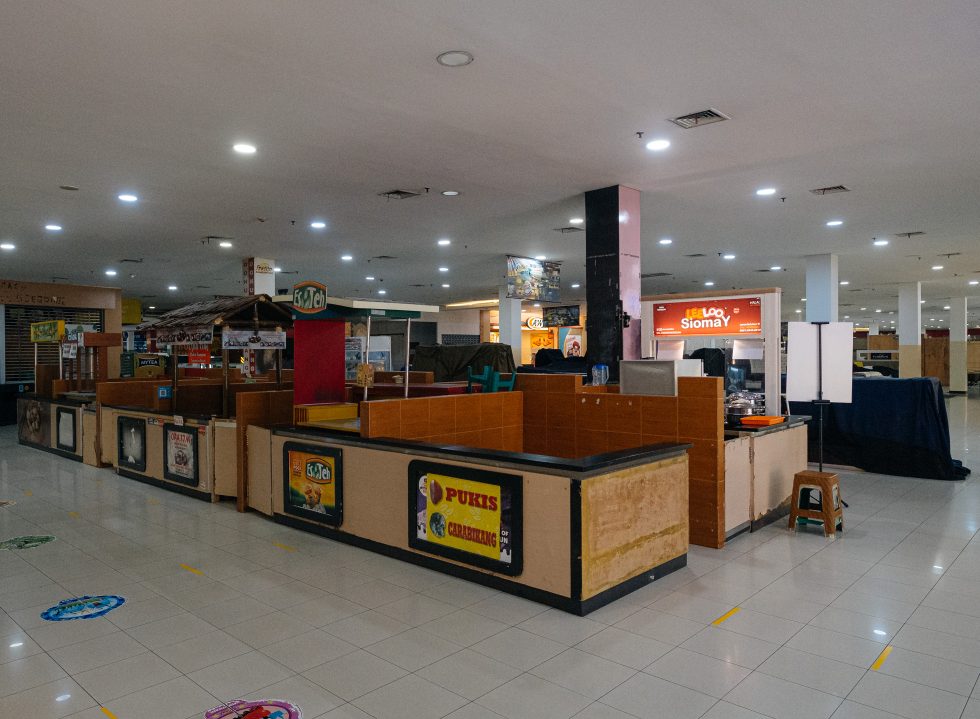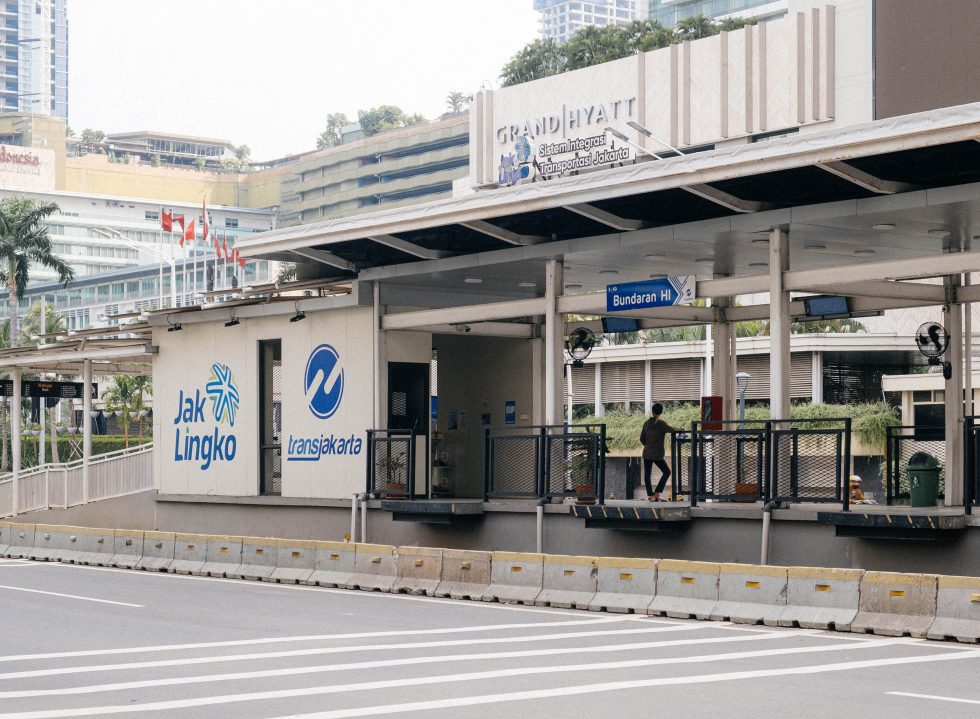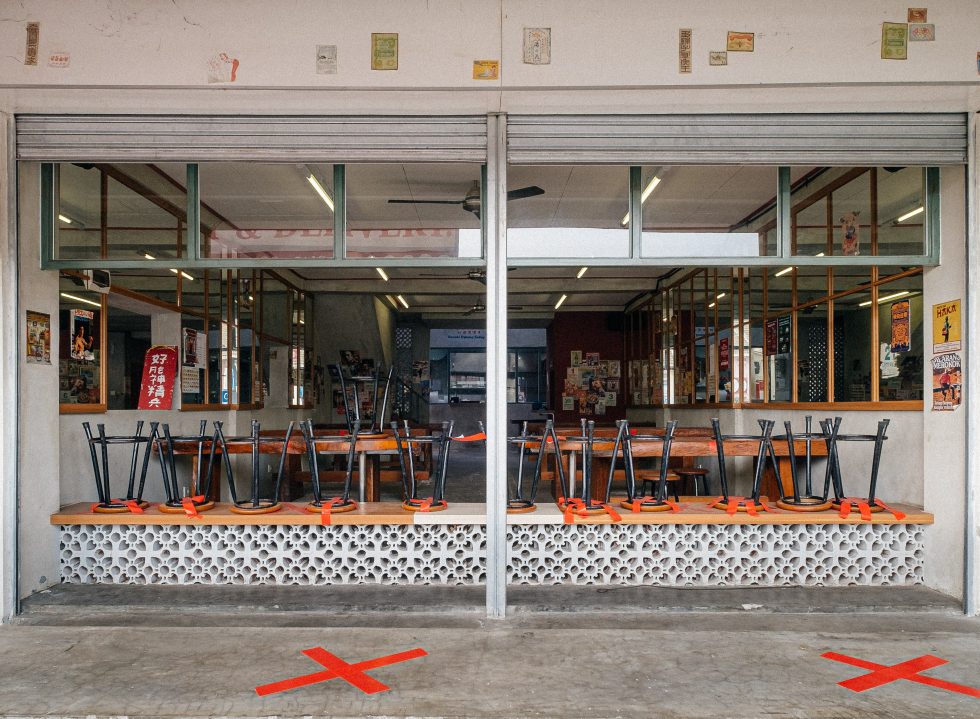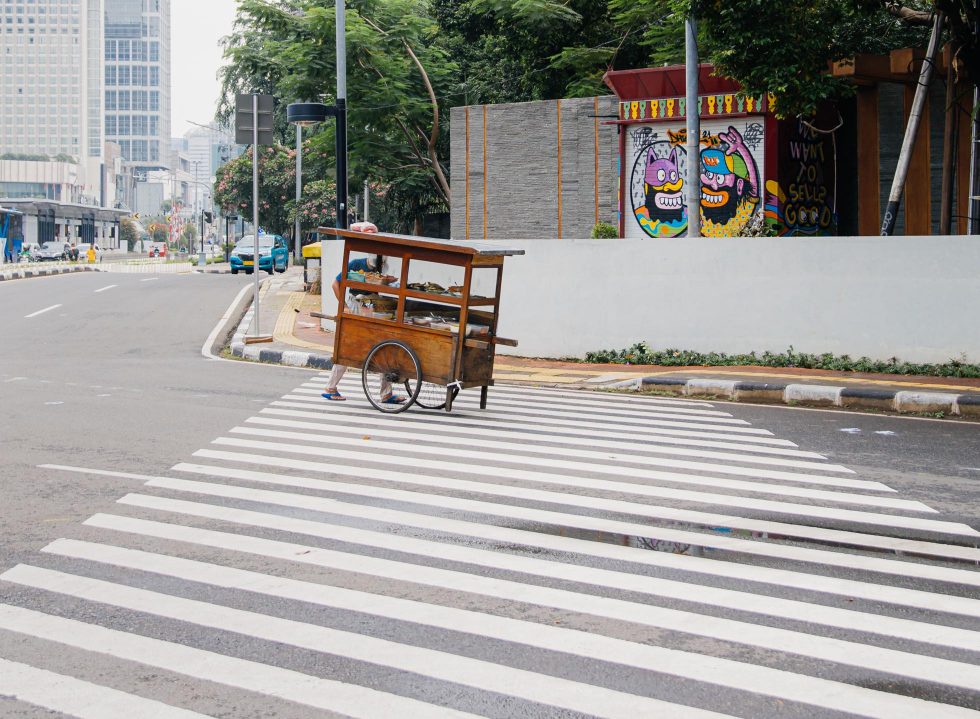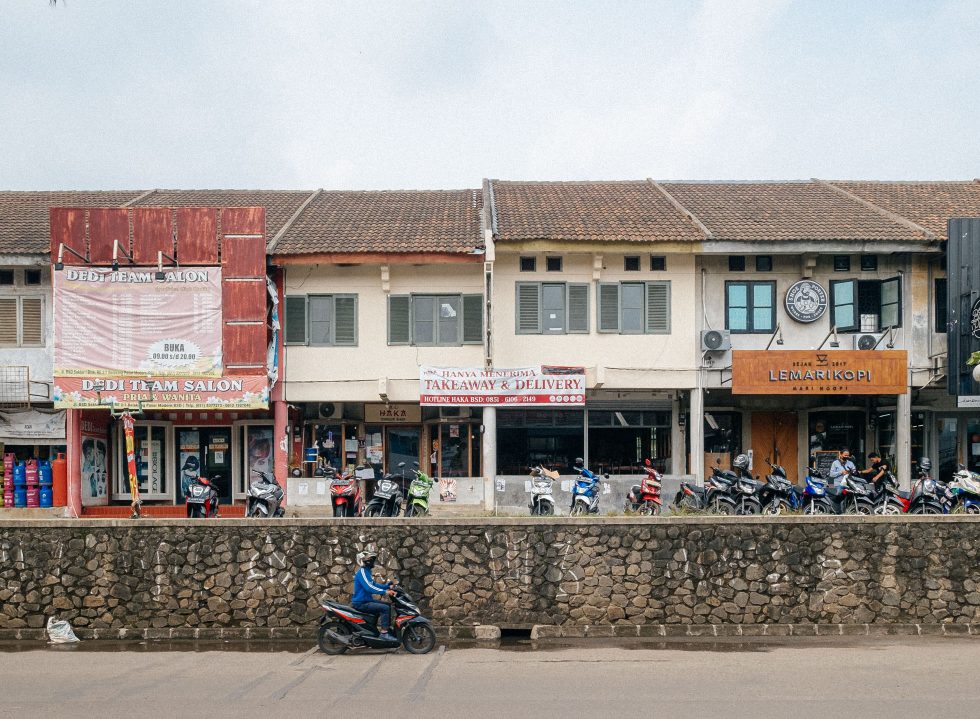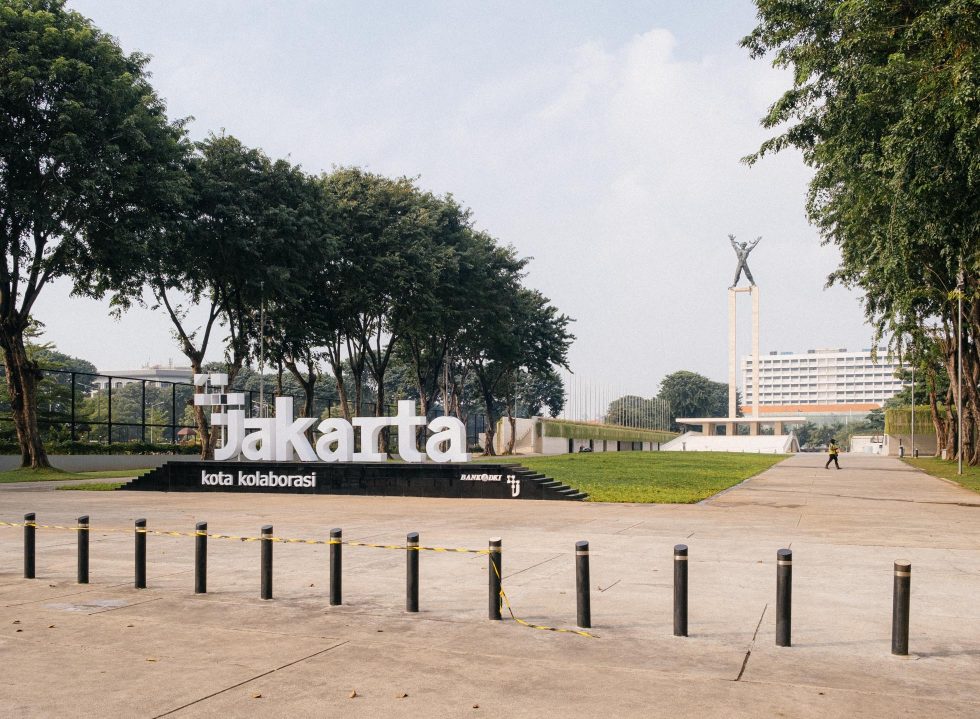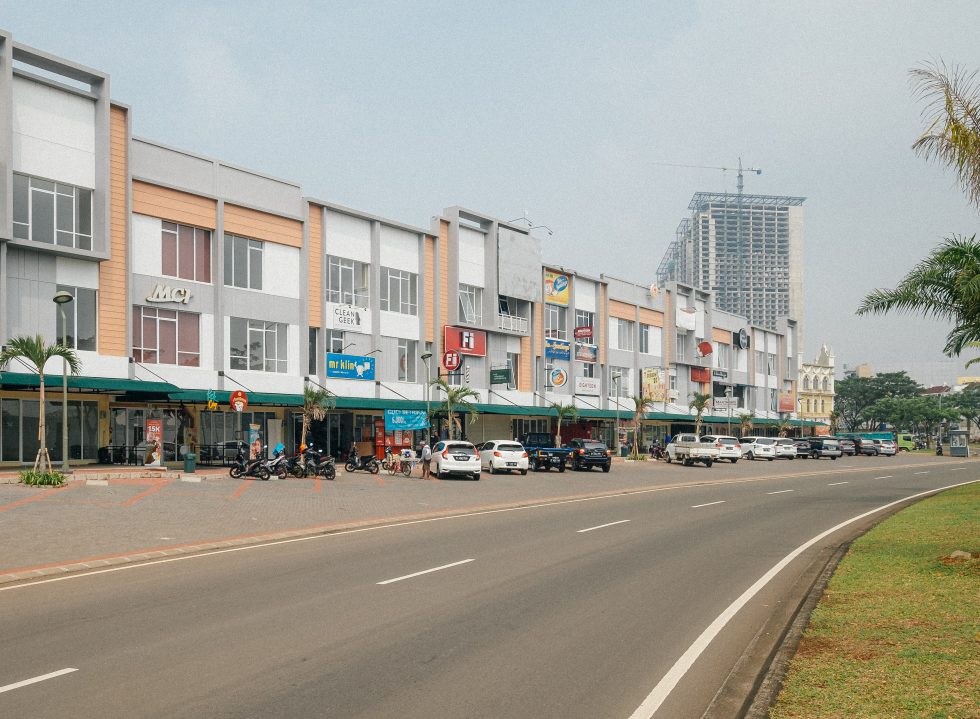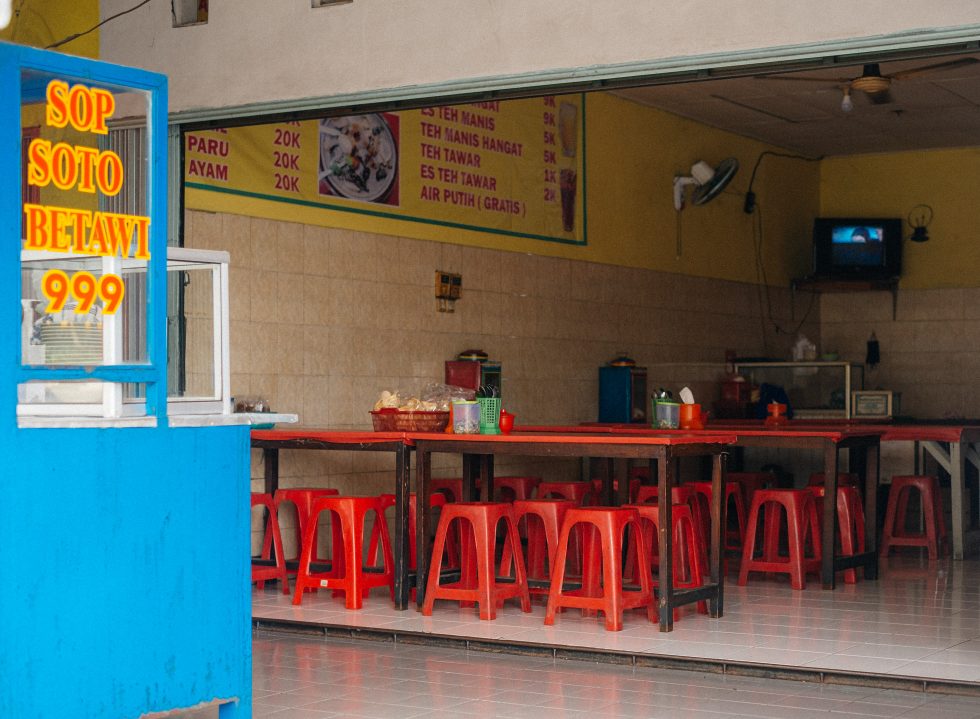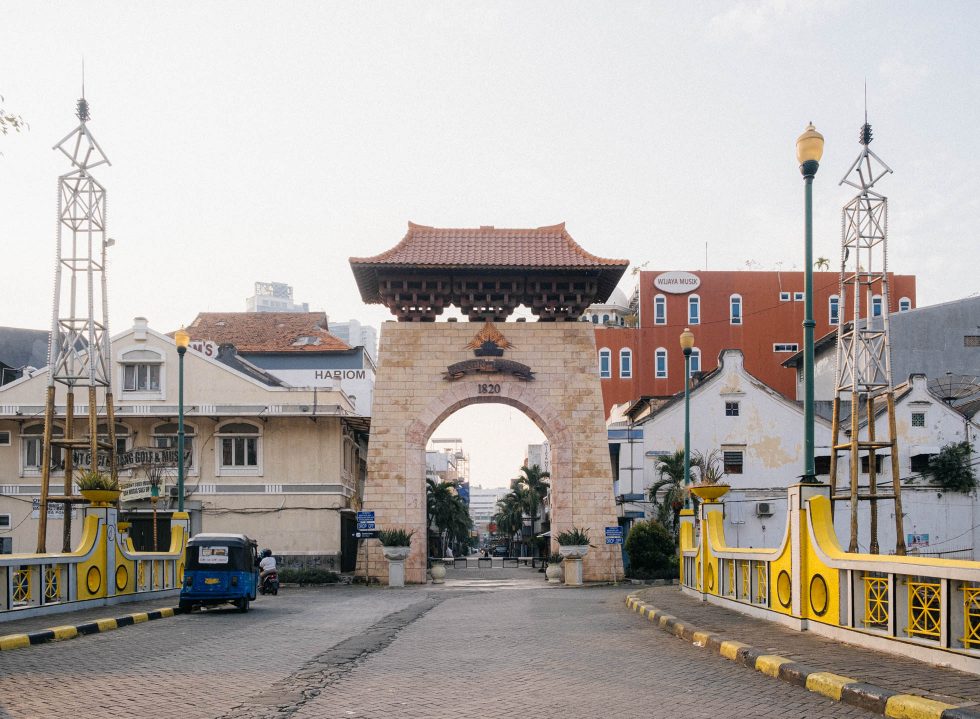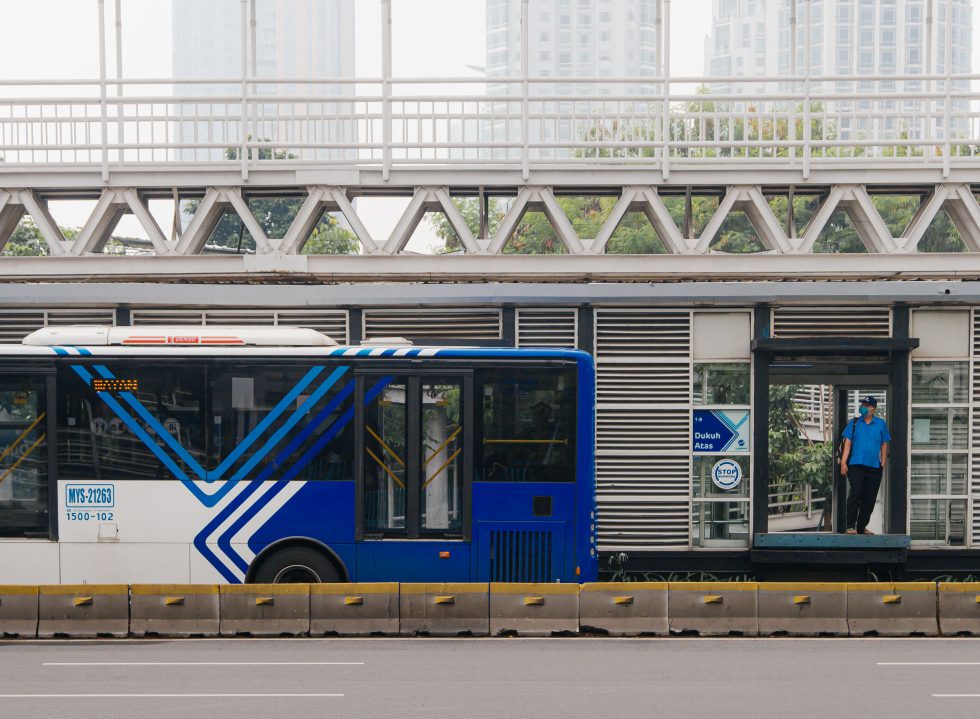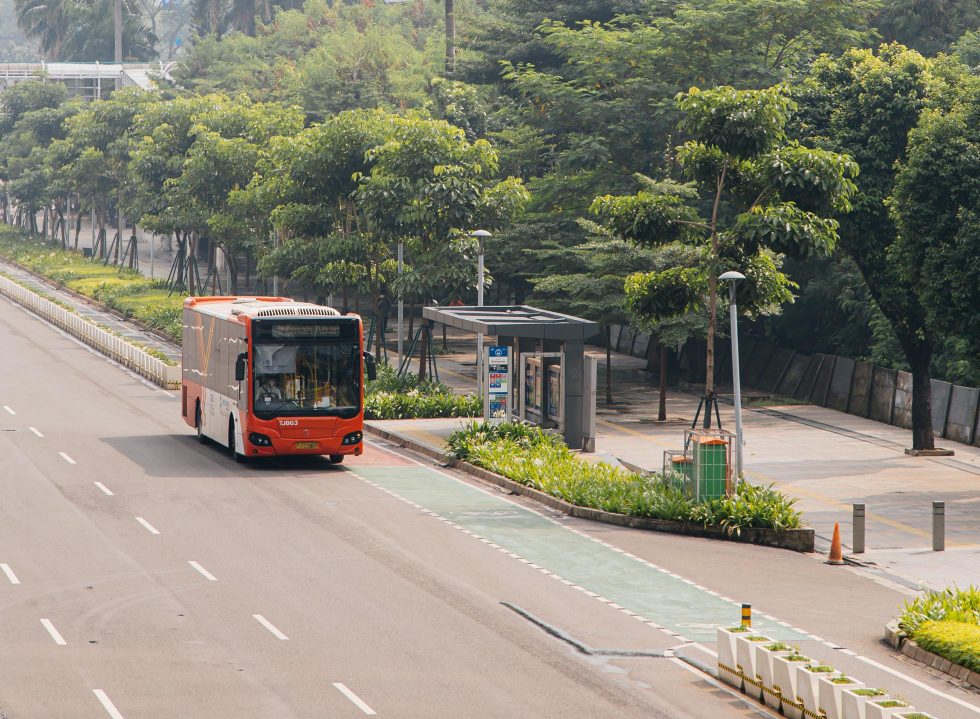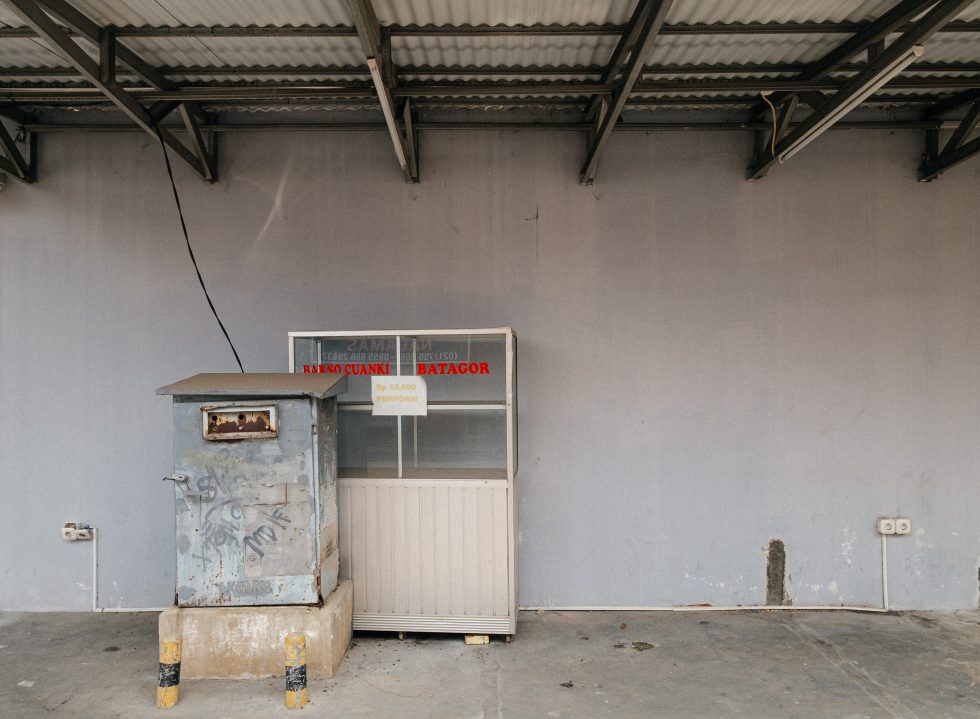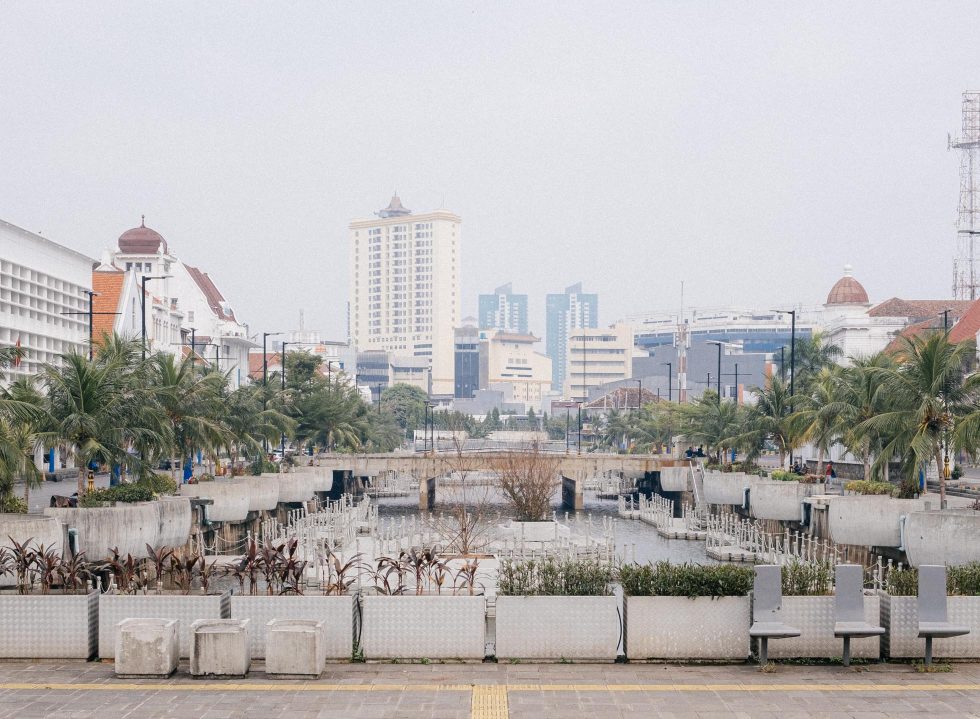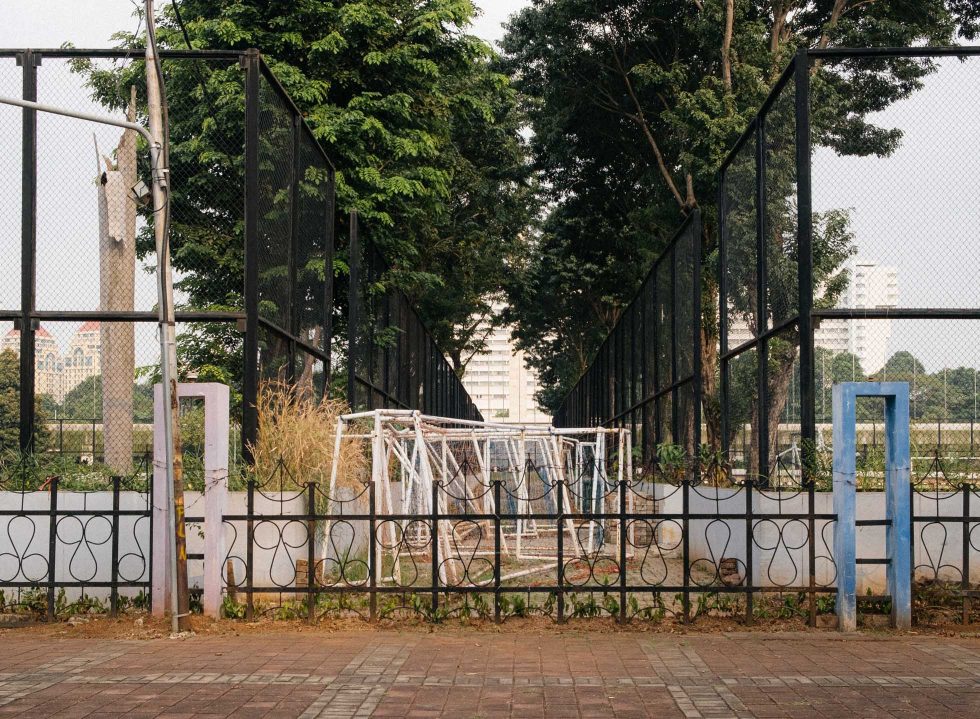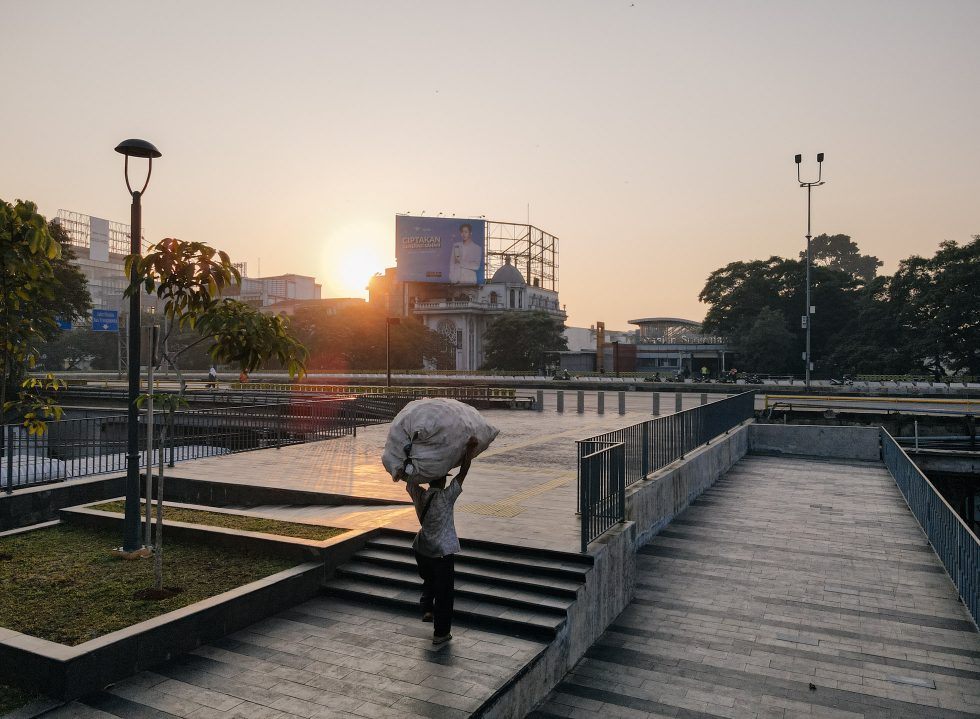Languishing is the feeling of apathy, stagnation and emptiness; restlessness devoid of the enthusiasm to do anything about it. It’s what many people feel lately, and perhaps what the city manifests too in its second year of the pandemic.
Taken in Jakarta’s landmark areas, recognisable neighbourhoods, and more obscure locations in the Greater Area, these photos document, yet again, a side of a bustling city on lockdown. We’ve seen it before in the earlier days of the pandemic when the scare of the virus froze us in our homes, leaving the streets of Jakarta absent of our daily motions. What has changed with this second pseudo-lockdown?
Within a year of tightening and loosening our grips, the populace has adjusted, more so than not, to a daily routine with new habits and a lingering weariness to accept a new normal—a worthy price to pay if it meant reclaiming some of our old lives back, just a little less lively and carefree. If last year the absence of a bustling life was disorienting, this year the empty landscapes evoked more in retrospect to our first year-in-review of living life in the shadow of a hostile virus.
In the usually-congested areas of Kota Tua and Pasar Baru, barricades and security are in place. The places scoured and snapped by AV Producer Muliadi Utomo exhale a sense of weariness. Authorities patrol the crowd-less alleys of Pasar Baru market with a stint of remiss. Some stores, which couldn’t be deemed as critical or essential, per PPKM definitions, were operating in a hush, despite the few customers they receive on any given day. It’s hard to avoid the urgency for small businesses to make money, even if it means breaking the rules. “Either they’ve been given a leeway, or people are simply tired,” Muliadi recapped.
Train stations and bus stops are some of the objects Junior Photographer Bagus Nugroho chose to capture. Every passing Transjakarta bus seems to carry a mere handful of passengers. Eerily vacant, MRT Stations look as if they haven’t aged a day since their first days in Jakarta. One could be fooled to believe we’re in 2019 for how novel they look, if not for the cue of harrowing empty main streets of Sudirman and Thamrin right next to them.
For Manual Jakarta’s Senior Photographer, Liandro S.I. Siringoringo, the scenes that stood before him captured the overtones of uncertainty. It’s drawn in the faces of the handful of restaurant employees working in isolation at the food stalls in empty malls and on the delivery drivers duly waiting for them. Stacked chairs in the thick of an eatery’s business hour, retail counters draped and left untouched—these cues compel the photographer: “What will the future be if this goes on?” A question that nobody can answer with genuine hope anymore, let alone certainty.
And it seems our ongoing fight to curb the spread isn’t limited only to the virus, but also to this blend of uncertainty, weariness, and dejection that’s spreading just as quickly. But underneath the uncomfortable vulnerability, these sights portray, within them a language of something else altogether: resilience with the weight of a prolonged pandemic.
